Sickle cell anemia is unique among hereditary blood disorders because of its intricate biology and the ease with which its complications can now be avoided. Although the condition itself cannot be prevented before birth, the course it takes throughout life can be remarkably effectively controlled.
Families, patients, and medical professionals are creating new futures by comprehending the genetics underlying sickle cell anemia. It’s similar to getting ready for a storm: you can strengthen the roof, but you can’t stop the clouds. Genetic counseling, lifestyle decisions, and access to cutting-edge medical treatments that lessen suffering and prolong life are all part of this proactive strategy.
Prevention Strategies for Sickle Cell Anemia (Insertable in WordPress)
| Category | Details |
|---|---|
| Genetic Counseling | Particularly useful for at-risk couples to assess childbearing options. |
| Newborn Screening | Done at birth in most countries to ensure early diagnosis and intervention. |
| Medications | Hydroxyurea, Crizanlizumab, L-glutamine help reduce pain crises. |
| Blood Transfusions | Used preventively to reduce stroke risk or manage severe anemia. |
| Vaccinations | Especially pneumococcal, meningococcal, and flu shots. |
| Hydration | Significantly reduces risk of sickling by keeping blood flow smooth. |
| Folic Acid | Supports red blood cell production. |
| Temperature Control | Avoiding extreme temperatures can prevent sickle crises. |
| Safe Exercise | Moderate, consistent movement is best; avoid overexertion. |
| Infection Control | Proper hygiene and prompt care reduce risk of hospitalization. |
The Genetic Thread: Comprehending Inheritance and Carrier Status
Autosomal recessive inheritance is the genetic pattern that causes sickle cell anemia. Accordingly, a child cannot inherit the disease unless both of their biological parents have the mutated hemoglobin S gene. People who only have one copy are carriers, meaning they have sickle cell trait. Genetic counseling is an especially useful tool for family planning because they can pass the gene to future generations even though they frequently remain asymptomatic.
This information is transformative for communities with African, Mediterranean, Indian, and Caribbean ancestry. Consider it similar to understanding your DNA as a blueprint, where you can design around the flaw once you identify it.
🛡️ Avoiding What Really Counts: Difficulties and Emergencies
Although it is not yet possible to prevent the disease, it is becoming more and more possible to prevent its complications. Families have been extending quality of life in previously unattainable ways through well-timed medical interventions. Painful flare-ups have been significantly reduced by medications like hydroxyurea. Blood transfusions, on the other hand, are frequently used to prevent strokes, particularly in children whose early brain scans indicate a high risk.
The typical patient can significantly lower their risk of painful episodes by utilizing wise daily practices like drinking plenty of water and eating a diet high in nutrients. The maxim becomes straightforward but effective: preparation leads to prevention.
🧬 Genetic testing and IVF begin prevention before birth.
Pre-implantation genetic diagnosis (PGD), one of the new technologies in the era of personalized medicine, enables IVF couples to check embryos for the sickle cell gene prior to implantation. Although not everyone can afford or obtain this, it offers a glimpse of what can be achieved when science and foresight come together.
Through the incorporation of genetic screening into reproductive planning, couples can make well-informed decisions that have the potential to significantly impact their families’ future health. It’s a fast-growing field based on ethical medicine, not science fiction.
🌍 A Worldwide Problem with Local Remedies
An estimated 100,000 Americans suffer from sickle cell disease, which is much more prevalent in some regions of India, the Middle East, and sub-Saharan Africa. To reduce the burden of disease, public health initiatives in these areas are now focusing on lifestyle education, early diagnosis, and vaccination campaigns. Routine newborn screenings have emerged as a key component of early prevention in both the US and the UK.
Results have significantly improved as sickle cell protocols are strengthened in healthcare systems. Children with sickle cell disease today actually have a much better prognosis than those born a few decades ago, provided the proper interventions are implemented.
🩸 Managing Life, Not Just the Illness: Living Well with Sickle Cell
The fact that prevention is becoming more and more integrated into daily life is perhaps its most encouraging feature. Nowadays, people with sickle cell anemia are leading longer, more fulfilling lives, going on to earn college degrees, competing in sports, and starting families. What used to be a limiting diagnosis is becoming more and more treatable.
Through access to innovative medications, wellness practices, and community-based care, people are taking back control of their health journeys. With each new invention, the tide is turning, though there are still difficulties.
A Future Packed with Opportunities
Even though there isn’t a cure for sickle cell anemia yet, we have made significant progress in preventing its worst effects. Every advancement makes a strong statement: well-informed action saves lives, whether in the clinic, the kitchen, the hospital hallways, or the genetic laboratories.
The future, which is remarkably more optimistic than the past, rests not only in the hands of medical professionals and scientists but also in the capable choices made by communities, families, and carriers. The next generation can inherit not only our genes but also our wisdom if they are watchful, compassionate, and a little prepared.
